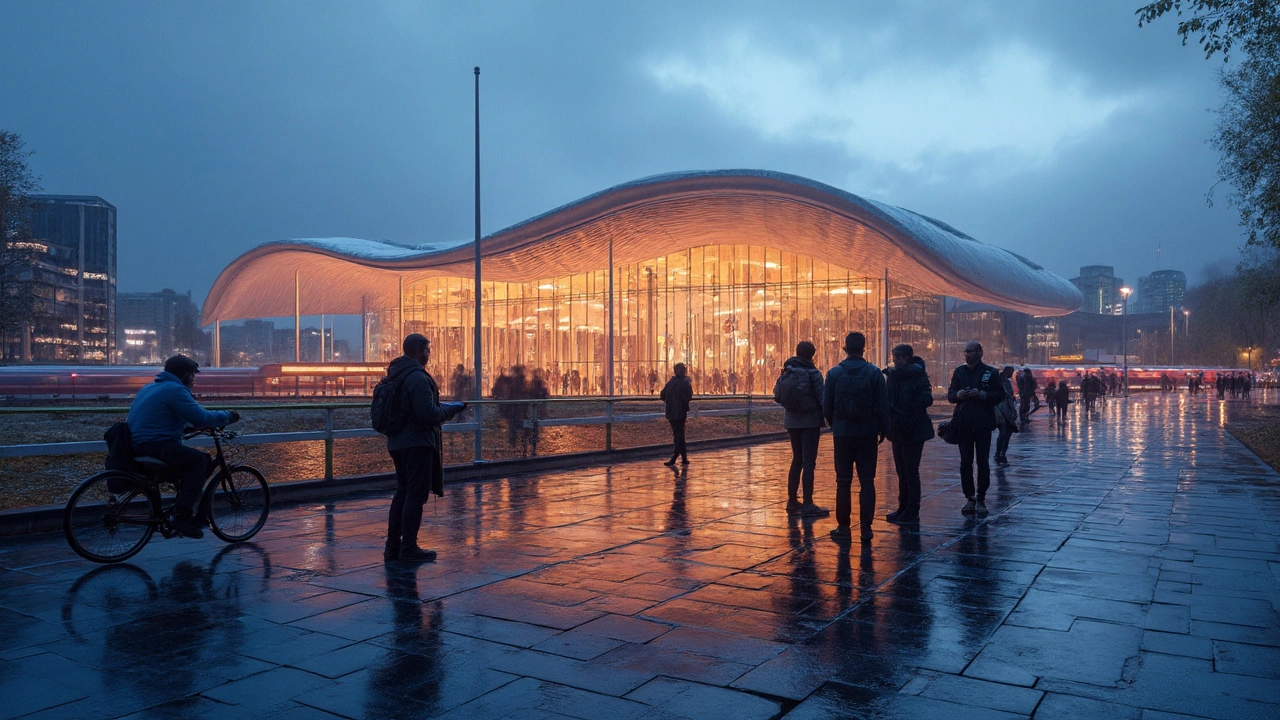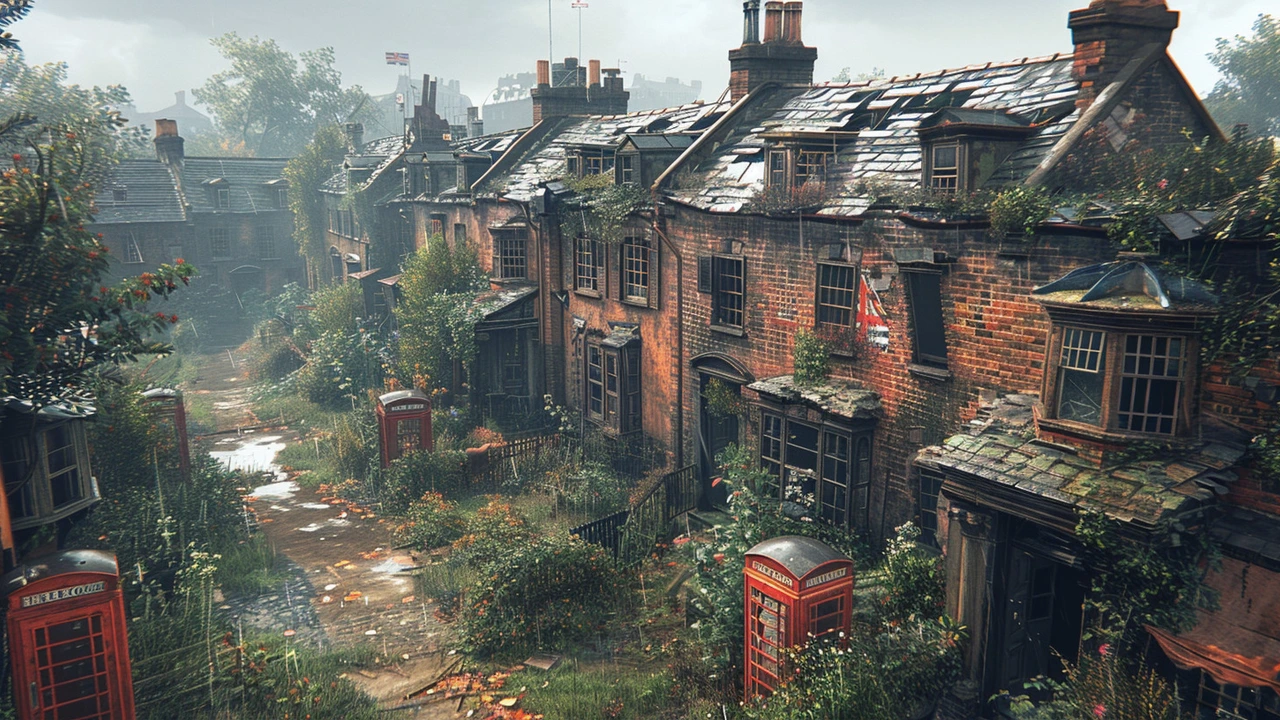Smart Cities: Design, Tech, and Real-Life Urban Fixes
Smart cities aren't futuristic fantasies — they're practical upgrades that make life easier, healthier and efficient. If you care about streets that move, buildings that use less energy, and public spaces that feel safe, smart-city ideas matter. I explain what makes a city smart, how design and architecture fit into the picture, and simple actions citizens and designers can take.
A smart city combines sensors, data platforms, and design.
Sensors on buses and bike racks track movement. Energy meters and smart HVAC systems cut waste in buildings. Open data platforms let planners spot problems fast. Good design ties all this together: streets that guide pedestrian flow, public squares that double as flood buffers, and buildings that welcome both people and tech.
Look at mobility first. Smart transit is not just apps and real-time signs. It means designing routes that match how people actually move, adding protected bike lanes, and using sensors to optimize traffic lights. Small changes — signal timing, curb space for deliveries, better maps at stops — cut commute times and free up public life.
Energy and buildings matter next. Retrofit older landmarks with efficient controls and better insulation while keeping their character. New buildings should include smart meters, passive design, and flexible interiors. Architects can hide tech so facades still read as human-scale while interiors become adaptive. That balance keeps heritage alive and lowers costs.
Public space is where smart ideas are visible. Use sensors and simple counters to test which plazas draw people. Add shade, seating, and lighting controlled by occupancy to save energy. Design play areas, art walls, and pop-up kiosks that can change with events. When public space is flexible, culture and commerce grow naturally.
Privacy and equity are design problems, not just tech ones. Ask who benefits when sensors go up and who pays for new services. Offer free public Wi‑Fi and open transit data. Make sure apps have offline or low-data options. Design choices that include everyone build trust and higher adoption.
Start small and test fast. Run a pilot on one street for traffic sensors and bike lanes. Measure impact in weeks, not years. Use those quick wins to win support for bigger projects. Cities that iterate avoid huge sunk costs and learn what residents actually want.
Tools and partners matter. Open-source sensors, local universities, and community groups lower cost and raise relevance. Architects should team with data people early so tech doesn't feel bolted on. Planners can publish simple dashboards so everyone sees progress.
Want a quick checklist?
1) Map flows — where people move and why. 2) Test one street with sensors and design changes. 3) Retrofit one public building with smart controls. 4) Publish an open dashboard. 5) Ask the community and adjust. Do these five things and you get real, visible results.
Smart cities mix art, architecture, tech — they should feel human, not like a data center. Start with small visible wins and scale. Get people involved now.

What Is Neo‑Futurism? Principles, Examples, and a Practical Design Guide for 2025
Clear guide to Neo-Futurism in 2025: core principles, real examples, actionable steps, metrics, and a checklist for architects, planners, and curious readers.
Read more
The Future of Urban Planning: Embracing High-Tech Architecture
High-tech architecture is revolutionizing urban planning by incorporating cutting-edge technology and sustainable practices. This approach combines smart design with modern technology to create efficient, adaptable, and environmentally friendly urban spaces.
Read more